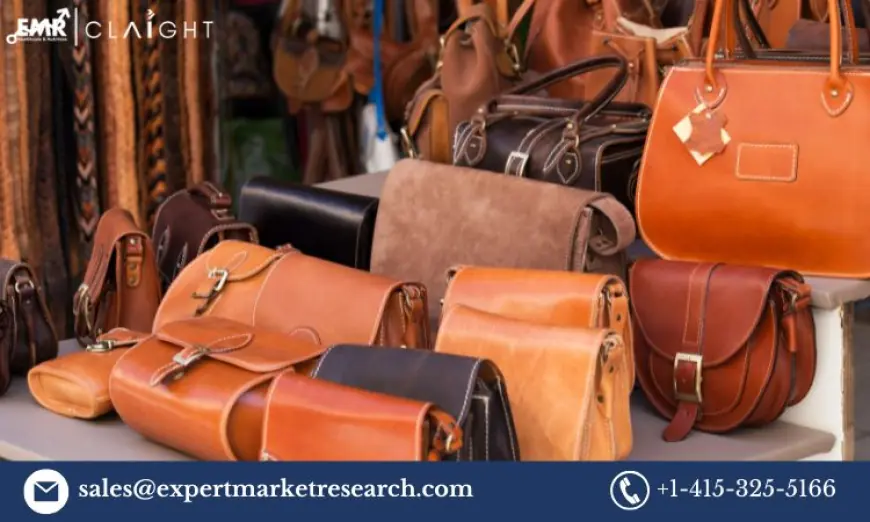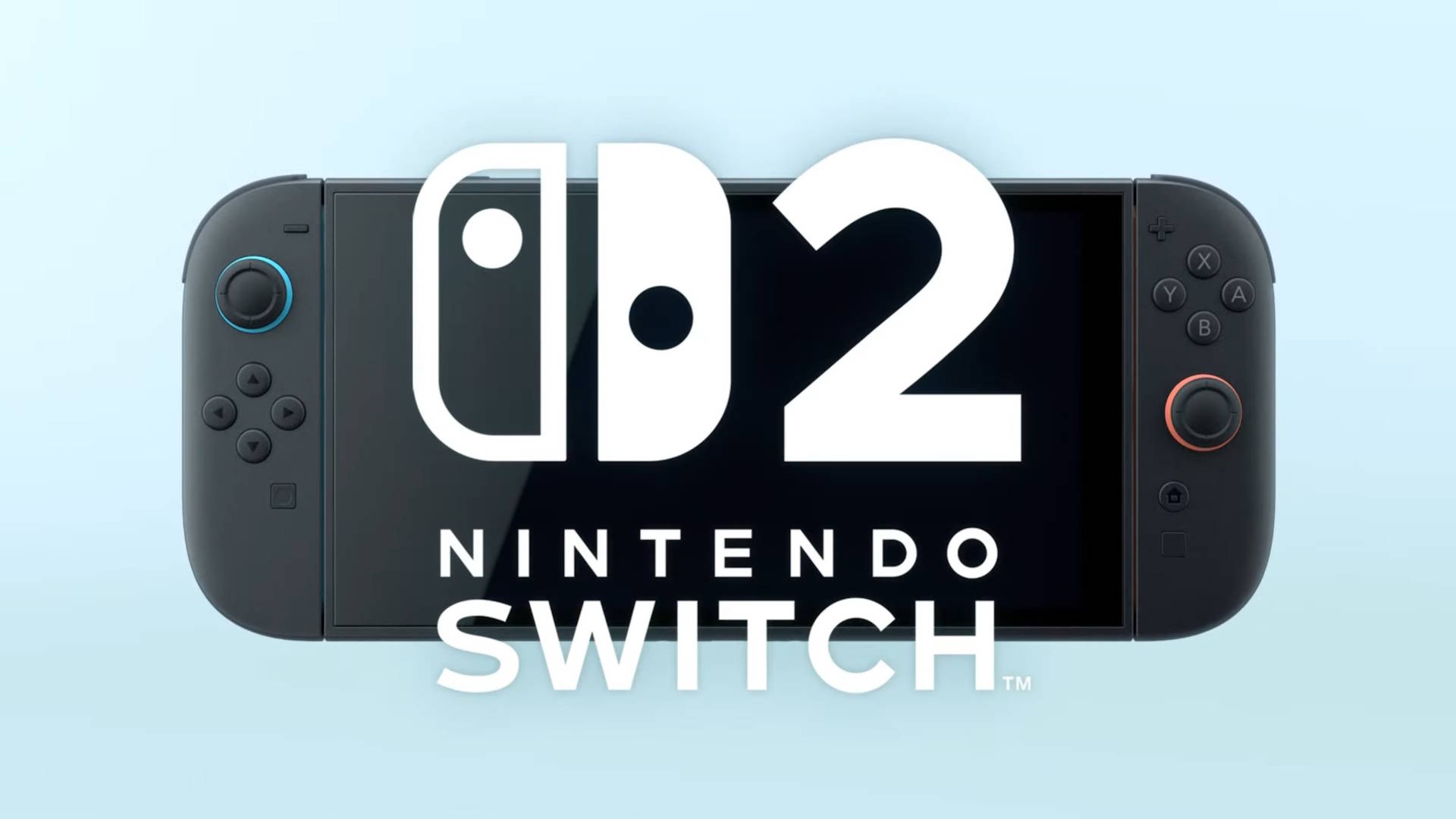Bag Market: Growth, Trends, and Forecast 2025-2034
The bag market is experiencing significant growth driven by increasing population, changing consumer preferences, and the rising demand for sustainable and functional designs. In 2024, the global bag market is already experiencing an upward trajectory, and it is projected to grow at a Compound Annual Growth Rate (CAGR) of 4.1% between 2025 and 2034, reaching a higher value due to these evolving factors.

The bag market is experiencing significant growth driven by increasing population, changing consumer preferences, and the rising demand for sustainable and functional designs. In 2024, the global bag market is already experiencing an upward trajectory, and it is projected to grow at a Compound Annual Growth Rate (CAGR) of 4.1% between 2025 and 2034, reaching a higher value due to these evolving factors.
This article provides an in-depth analysis of the bag market, including market dynamics, growth factors, trends, opportunities, and challenges. We also explore key players in the industry that are driving innovation and shaping the future of the bag market.
Overview of the Bag Market
The global bag market encompasses a wide range of products such as handbags, backpacks, briefcases, luggage, and other types of bags designed for different functions and consumer needs. Bags are an essential part of everyday life and have evolved into both functional and fashion-forward accessories. Over time, bags have become a symbol of style, status, and practicality, making them highly sought-after consumer goods across the globe.
The increasing population, urbanization, and growing disposable incomes have fueled the demand for bags, which are now designed not only for everyday use but also for specific activities such as travel, business, and leisure. The market has also been significantly influenced by the growing trend toward eco-friendly and sustainable products, prompting bag manufacturers to shift toward the use of biodegradable, recyclable, and sustainable materials in their designs.
The bag market is diverse and includes various product categories such as:
- Handbags: Designer bags, luxury handbags, and everyday carry bags.
- Backpacks: Used for school, work, and leisure activities.
- Travel Bags: Luggage and suitcases designed for travelers.
- Sports Bags: Gym bags, duffel bags, and specialized bags for sports.
- Others: Clutches, totes, and specialty bags for different occasions.
This wide range of products creates substantial opportunities for growth, with the bag market being influenced by fashion, lifestyle trends, and technological advancements, particularly in materials and sustainability.
Size & Share of the Global Bag Market
In 2024, the global bag market was valued at approximately USD XX billion, with a steady growth trajectory as the demand for fashionable and sustainable bags continues to rise. The global market is projected to grow at a CAGR of 4.1% between 2025 and 2034, reaching a higher value by 2034. Factors such as rapid population growth, increasing urbanization, and the evolving trend towards sustainability are key contributors to this growth.
Market Size and Segmentation
- Luxury Bags Market: Luxury bags remain a significant segment of the market, driven by affluent consumers and brand-conscious buyers. With increasing disposable income, consumers are spending more on designer bags, especially in regions like North America, Europe, and parts of Asia.
- Sustainable and Eco-friendly Bags: Consumers are increasingly looking for products that reflect their values, which includes opting for bags made from recycled materials, vegan leather, and biodegradable products. This segment is witnessing high growth rates as sustainability becomes a critical consideration for both brands and consumers.
- Backpacks and Travel Bags: The popularity of backpacks, travel bags, and luggage products is increasing due to the rising trend of both work-from-home and travel culture. Consumers are seeking bags that serve practical purposes while being fashionable and sustainable.
Regional Market Share
- North America: North America remains a significant player in the global bag market, with the United States and Canada being prominent consumers of both luxury and functional bags. With the rise of online shopping, the demand for bags in the region continues to be robust.
- Europe: Europe is a leading market for high-end and luxury handbags, driven by renowned fashion houses and designers. Additionally, European consumers are increasingly prioritizing eco-conscious bags, leading to significant growth in sustainable bag segments.
- Asia-Pacific: The Asia-Pacific region, especially China and India, is showing rapid growth due to an expanding middle class, increasing urbanization, and a shift towards e-commerce platforms for purchasing bags. The demand for both affordable and premium bags is growing exponentially.
- Latin America and Africa: These regions are emerging markets for the bag industry, with growth being driven by expanding retail networks, higher purchasing power, and the rising influence of global fashion trends.
Get a Free Sample Report with a Table of Contents:
https://www.expertmarketresearch.com/reports/bag-market/requestsample
Market Dynamics & Trends in the Bag Market
The bag market is influenced by various dynamics and trends that shape the current and future landscape. These dynamics provide both opportunities and challenges for businesses in the industry.
- Rise of Sustainability and Eco-consciousness :One of the leading trends in the global bag market is the growing preference for eco-friendly and sustainable products. Consumers are becoming more conscious of the environmental impact of their purchasing decisions, leading to an increased demand for bags made from recycled materials, plant-based leather, and other sustainable alternatives. Brands are responding to this shift by incorporating sustainable practices and materials into their production processes, ensuring that their products meet the expectations of environmentally-conscious consumers.
- Growing Influence of E-commerce and Online Shopping :E-commerce has transformed the way consumers shop for bags. With more people turning to online shopping platforms for convenience, the demand for bags through e-commerce channels is rapidly increasing. This shift has opened up new opportunities for brands to reach a global audience without relying solely on physical retail locations. The rise of direct-to-consumer (D2C) business models is also giving brands greater control over their sales processes and customer relationships.
- Technological Advancements in Design and Materials :The bag market has seen significant advancements in materials, such as the development of durable, lightweight, and weather-resistant fabrics that enhance the functionality of bags. Innovations like smart bags with integrated technology, such as charging capabilities, Bluetooth speakers, and GPS tracking, are making bags more functional and appealing to tech-savvy consumers.
- Fashion and Lifestyle Trends :Fashion plays a significant role in the bag market, with new designs, colors, and styles constantly emerging. Bags are not only seen as functional accessories but also as fashion statements. Trends in fashion and lifestyle significantly influence the types of bags consumers purchase. For example, minimalist and multifunctional designs are gaining popularity, particularly among young professionals and urban dwellers.
- Growing Demand for Customization :Customization is an increasing trend in the bag market, with consumers seeking personalized products that reflect their unique tastes and preferences. Many brands are offering options for customers to add initials, names, or even select custom materials, allowing for a personalized touch that enhances the appeal of the product.
Growth Drivers of the Bag Market
Several factors are driving the growth of the global bag market:
- Urbanization and Changing Lifestyles :With rapid urbanization and changing lifestyles, the demand for bags is increasing as people seek products that fit their busy, on-the-go lives. Bags that are designed for convenience, durability, and versatility are highly sought after, particularly in fast-paced urban environments.
- Rising Disposable Incomes :As global disposable incomes rise, especially in developing regions like Asia-Pacific, consumers are increasingly willing to spend on high-quality, fashionable, and functional bags. This trend is especially true for luxury handbags, backpacks, and travel bags, where consumers view bags as both status symbols and practical accessories.
- Growth in the Travel and Tourism Industry :With the growing travel and tourism sector, the demand for travel bags, luggage, and backpacks is expanding. Consumers are investing in high-quality luggage products for their trips, contributing to the growth of the bag market.
Market Opportunities and Challenges
Opportunities
- Expansion of Sustainable Product Lines :There is a significant opportunity for brands to expand their sustainable and eco-friendly bag offerings, meeting the growing consumer demand for environmentally-conscious products.
- Targeting Emerging Markets :With the rise of the middle class in regions like Asia-Pacific, Latin America, and Africa, there is an opportunity to tap into these emerging markets where disposable income is increasing, and global fashion trends are influencing local consumers.
- Innovative Product Design :There is room for innovation in the design of functional and tech-savvy bags. Introducing smart bags or bags with multi-functional capabilities that cater to tech enthusiasts can capture a new segment of consumers.
Challenges
- Competition from Counterfeit Products :The prevalence of counterfeit bags, especially in the luxury segment, presents a significant challenge for brands. Counterfeit products can damage the reputation of premium brands and reduce consumer confidence in authentic products.
- Fluctuations in Raw Material Prices :Fluctuating prices of raw materials used in bag manufacturing, such as leather, synthetic fabrics, and hardware, can impact production costs and profit margins for manufacturers.
- Sustainability Costs :While there is a growing demand for sustainable products, sourcing eco-friendly materials and implementing sustainable practices often come with higher costs, which may be a challenge for brands to balance affordability with eco-consciousness.
Competitor Analysis: Key Players in the Bag Market
Several key players are dominating the global bag market, each with its unique offerings and strategies.
- Tapestry Inc. (Kate Spade & Company) :Tapestry Inc. is a leading player in the global bag market, owning iconic brands like Kate Spade and Coach. Tapestry’s focus on luxury and high-quality craftsmanship has solidified its position as a top competitor in the global market.
- Capri Holdings Limited :Capri Holdings Limited is another prominent player in the luxury bag market. Brands such as Michael Kors and Versace are under Capri’s umbrella, offering premium bags known for their design, quality, and brand prestige.
- Cambridge Satchel Company Limited :Cambridge Satchel Company Limited specializes in leather bags and accessories, with a focus on British craftsmanship. The brand is recognized for its stylish, high-quality satchels that appeal to both fashion-conscious and functional consumers.
- Sandqvist Bags and Items AB :Sandqvist Bags and Items AB is a Swedish brand known for its sustainable, functional, and stylish bags. The company focuses on producing eco-friendly bags using recycled materials, attracting environmentally-conscious consumers.
- Others :Other notable players in the market include Samsonite International S.A., Longchamp, Fossil Group, and Prada S.p.A., each offering a wide variety of bags targeting different consumer segments.
Explore our trending Blogs and Reports :
Toy manufacturers
HVAC Variable Frequency Drive Market
What's Your Reaction?
 Like
0
Like
0
 Dislike
0
Dislike
0
 Love
0
Love
0
 Funny
0
Funny
0
 Angry
0
Angry
0
 Sad
0
Sad
0
 Wow
0
Wow
0




















































